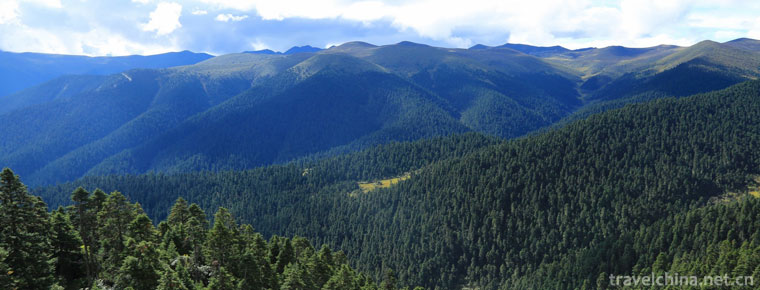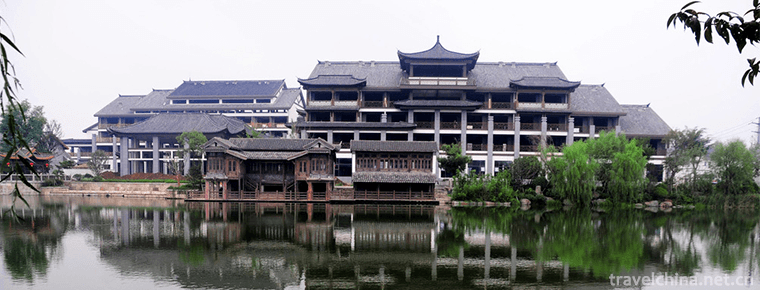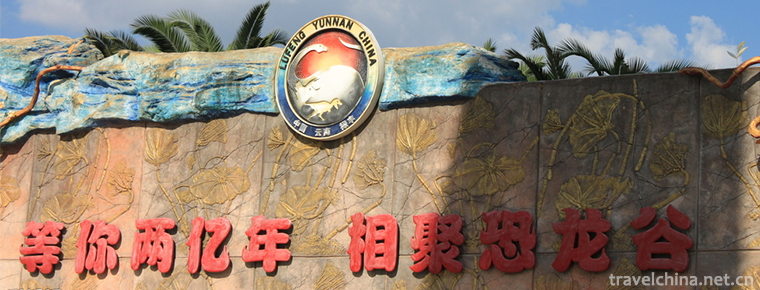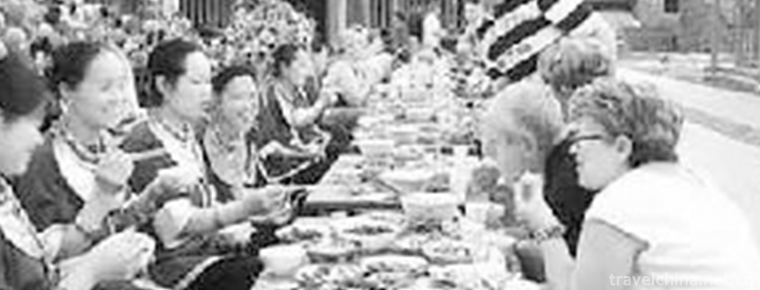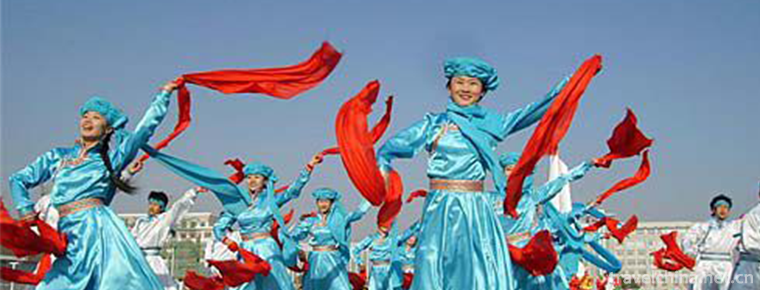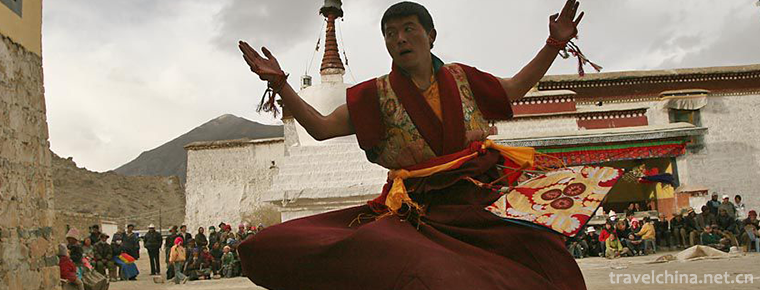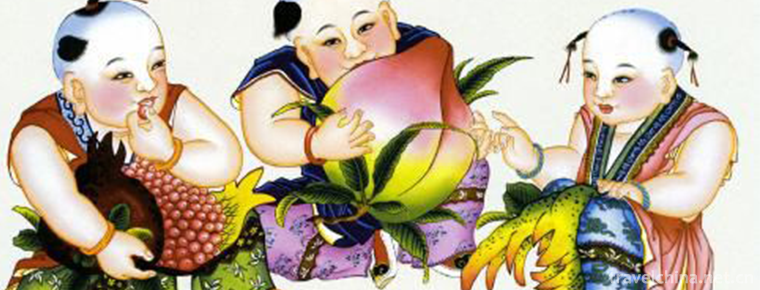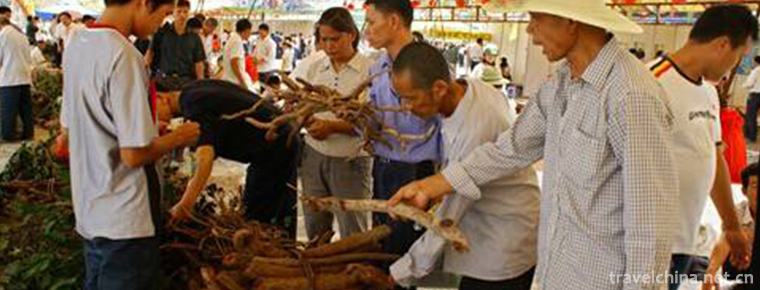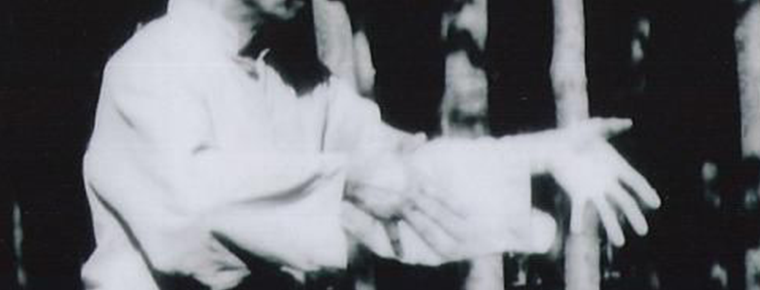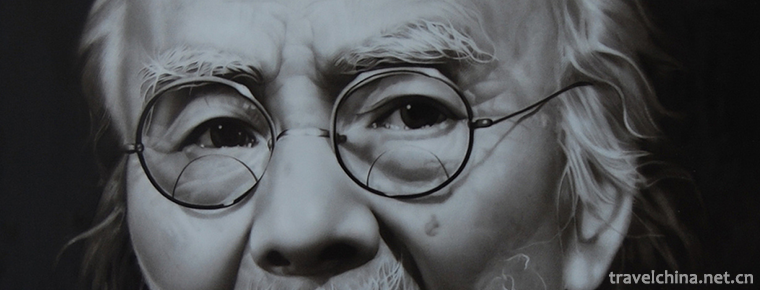Tiger dance shua laohu
Tiger dance shua laohu
Tiger dance, also known as "playing tiger" ("playing" Jiaozuo dialect refers to "playing" and "performing"), is said to have appeared in the Western Han Dynasty and spread in the middle reaches of the Yellow River. Jiaozuo "playing tiger" dance can be traced back to the Ming Dynasty. Jiaozuo's ancestors were inspired by tiger's boldness and action of Teng, Jump, Push and Lie. They created and compiled the traditional folk dance of tiger dance, also known as "playing tiger", with tiger's vigor, agility, vigor and dignity, integrating with local cultural characteristics, or martial arts, or sacrifice, or interpretation of local stories.
The tiger dance in Xizhou Village originated from the activities of sacrificial Association in Ming Dynasty. It went through five stages: emergence, development, decline, recovery and revitalization. From the end of Qing Dynasty to the beginning of the Republic of China to the 1930s, it was the first flourishing period. At that time, tiger dancing was combined with martial arts. Then it was inspired by traditional operas and folklore to strengthen its plot and interest, to compile the performance of instrument fighting tigers, and to arrange tiger table, chair and tower performances according to the characteristics of tiger's bravery and skillful climbing, so as to make tiger dancing in the village in a regular way. Mould and performance skills have been greatly improved, and many excellent performers have emerged. After the War of Resistance Against Japan, it gradually declined; after liberation, it gradually recovered; and in the 1990s, with the tide of reform and opening up, it has made great progress. From single tiger performance to group tiger performance in the past, personal performance technology has also been greatly improved. It can perform small and delicate performances on the stage and large-scale group tiger performances in the square. Therefore, no matter in artistic appreciation or in setting off a warm atmosphere, it has an irreplaceable role in other folk arts and shows its unique artistic value.
Xiaoshangcun, Zhongzhan, has a strong traditional national culture atmosphere. Tiger dance, a wonderful National culture, is rooted in this fertile land. Xiao Shang Tiger Dance was created by Zhang Shuting, the ancestor of Xiao Shang Village, in Daoguang Period of Qing Dynasty. Zhang Shuting practiced martial arts at an early age and was happy to participate in village temple fairs and festivals and traditional festivals. Around 1850, it combined martial arts with folk dances and folklores, and created the folk dance of "playing tigers". After more than 160 years of inheritance for 10 generations, it has gradually been refined into a classic folk dance composed of six road tiger stands, flat tiger, Hill tiger and mountain tiger. The tiger dance performance is composed of two parts: the honor Bang band and the tiger stand. The basic performing procedure is that in the sound of drum music and fire brass, all kinds of martial arts actors shout for encouragement and play, and then the tiger players with guns enter the arena first, tease the tiger with martial arts routines, and with the surging rhythm, sound of fire brass, the tiger dance makes a flutter, bite, toss and tosses on the arena or on the high platform (hills, mountains). Move, jump and other dangerous movements, and around the field performance, or rapid running, jump, or slowly move its performance scene is magnificent and warm, on-site and off-site echoes, shaking the world. The whole performance was successful in stimulation and oscillation. It was very ornamental and artistic.


-
Taierzhuang Ancient Town
Taierzhuang Ancient City, located at the center of the Beijing-Hangzhou Grand Canal, is located at the junction of Taierzhuang District, Zaozhuang City, Shandong Province.
Views: 115 Time 2018-12-08 -
World Dinosaur Valley
Lufeng World Dinosaur Valley is located 23 kilometers south of Lufeng County, Chuxiong Prefecture, at Ana Village Dinosaur Mountain, Chuanjie Township. It is situated beside Kunchu Expressway.
Views: 114 Time 2018-12-19 -
Nanjiang Grand Canyon
Nanjiang Grand Canyon is located in Kaiyang County in the middle of Guizhou Plateau, 54 kilometers away from Guiyang, the capital of Guizhou Province.
Views: 113 Time 2018-12-31 -
Dong medicine
Dong medicine is a bright pearl in the treasure house of Chinese medicine. The Dong people living in mountainous areas for generations have accumulated experience in treating various diseases and form.
Views: 88 Time 2019-04-27 -
Andai Dance of Mongolian Nationality
Andai Dance originated from the Kulun Banner. According to textual research, Andai Dance was formed in the late Ming and early Qing Dynasty. At that time, the Kulun system was "the unity of polit.
Views: 147 Time 2019-06-03 -
Qiang Mu Zashrunbu Temple Shigatse
Qiang Mu is a religious dance, also known as "Dancing God". "Semochim Qiang Mu" is a Tibetan Buddhist Gru-sect Qiang Mu performed by monks at Zashrunbu Monastery in Xikaze, Tibet. .
Views: 102 Time 2019-06-11 -
Taohuawu Wood Engraving New Year Picture
Taohuawu New Year Picture is a Folk Woodcut New Year Picture in the south of the Yangtze River. It was named for its production in the area of Taohuawu in Suzhou. It and the woodcut New Year pictures .
Views: 118 Time 2019-06-18 -
Drug Market Customs
Pharmaceutical market is a trade fair held regularly in the centralized distribution center of traditional Chinese medicines with historical origin. There are more than 110 centralized distribution ce.
Views: 204 Time 2019-07-11 -
Yi Quan
Yiquan, also known as Dacheng Quan, is one of the traditional Chinese boxing and belongs to Neijia Quan. It comes from mind boxing. Including: standing pile, trial, footwork, strength, sound test, pus.
Views: 169 Time 2019-07-13 -
Qi baishi
Qi Baishi (January 1, 1864 - September 16, 1957), formerly known as Zhi Zhi, the word Wei Qing, No. Lanting Pavilion, later renamed Huang, the word is on the edge, the number of Bai Shi, white stone m.
Views: 255 Time 2019-09-04 -
Yibin water resources
Yibin city produces 614500 cubic meters of water per square kilometer per year. In addition to the amount of water from various rivers in the city, the city has a total annual water volume of 242.84 billion cubic meters, and the average annual water occupatio.
Views: 359 Time 2020-12-18
